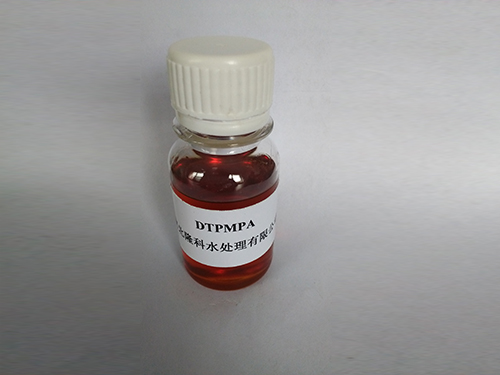What is coagulation and flocculation?
Coagulation in water treatment and flocculation are two separate and crucial processes for guaranteeing a swimming pool is kept clean. Used one after another, these two techniques clean water by overcoming the forces that would otherwise stabilize suspended particles.
In order to understand this, it is important to focus on how swimming pool water typically turns from transparent to cloudy. This unappealing look, where particles remain suspended on water, appears due to a series of reasons:
- Algae, bacteria, and other types of organic matter may be present
- Potential calcium and magnesium salts precipitations
- Dust, which could originate from the air or be brought in by swimming pool users
- Iron and manganese salts might oxidate
- Other factors such as mud, dirt, or rain
These particles set a specific challenge for swimming pool filtration systems and other types of water treatment equipment — they present a small size and cannot be processed.
Here is where coagulants and flocculants come in: through them, it’s possible to increase the size of these colloidal particles both in suspension and precipitation (that is, settled at the bottom of the pool vessel). As a consequence, they’re aggregated in small masses or flakes (called flocs), so that they can be eliminated by the filtration system or robot cleaners. When using an automated dosing system such as Floc System the settling at the bottom of the pool is avoided, as the process is performed at the water recirculation process.
Thus, flocculation and coagulation in water treatment remain crucial for all types of pool operators (from sports clubs to hospitality or water park installations), guaranteeing water transparency and the ensuing customer satisfaction.
-
Water Treatment with Flocculant Water TreatmentNewsJun.12,2025
-
Polymaleic AnhydrideNewsJun.12,2025
-
Polyaspartic AcidNewsJun.12,2025
-
Enhance Industrial Processes with IsothiazolinonesNewsJun.12,2025
-
Enhance Industrial Processes with PBTCA SolutionsNewsJun.12,2025
-
Dodecyldimethylbenzylammonium Chloride SolutionsNewsJun.12,2025






